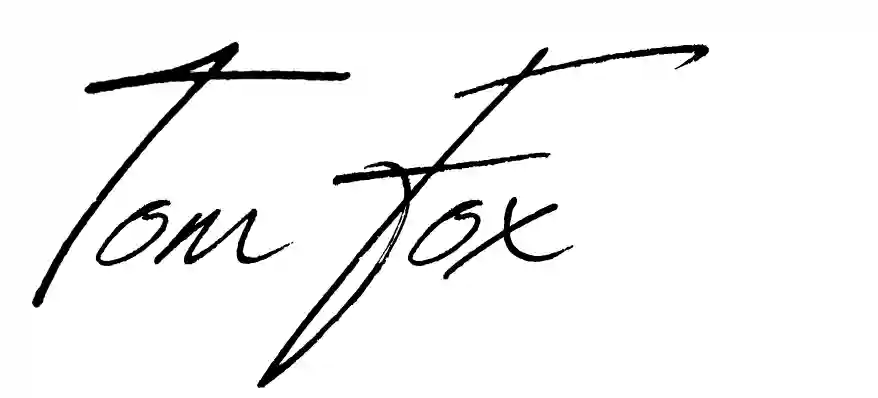The Brain Tickler: How to Make Your Message Unforgettable
Brain Hacks for Sales Success: Mastering the Art of Pattern Interrupts
Okay, sales ninjas, let’s talk about grabbing attention and keeping your prospects engaged.
In today’s world of distractions, it’s not enough to just have a great product or service; you need to cut through the noise and make your message stick.
That’s where pattern interrupts come in.
Done with the endless sales theory and ready to actually close more deals? If you want to skip the ‘WHY’ and get straight to the ‘HOW’?
Make “Coffee with a Closer” your next move. Get weekly, battle-tested action steps delivered directly to your inbox – no fluff, just results.
Why Pattern Interrupts Work
Our brains are wired to pay attention to novelty and change.
We’re constantly scanning our environment for anything that’s new, unusual, or potentially threatening.
This is a survival mechanism that helped our ancestors stay alert and avoid danger.
In today’s world, this same mechanism makes us susceptible to distractions.
Our brains are bombarded with information, and we’ve become accustomed to filtering out most of it.
To get your message heard, you need to break through that filter and grab your prospect’s attention.
Pattern interrupts do just that.
They disrupt our expectations and force us to pay attention.
They shake us out of our mental autopilot and make us more receptive to new information.
The Psychology of Pattern Interrupts
Several psychological principles explain the effectiveness of pattern interrupts:
- The Orienting Response: When we encounter something unexpected, our brains trigger an orienting response. This is a reflex that causes us to pay attention and focus our senses on the new stimulus.
- Cognitive Dissonance: When we encounter information that contradicts our expectations or beliefs, it creates a state of cognitive dissonance, a mental discomfort that we’re motivated to resolve. Pattern interrupts can create this dissonance, making us more likely to pay attention and seek resolution.
- The Von Restorff Effect: Also known as the isolation effect, this principle suggests that we’re more likely to remember something that stands out from its surroundings. Pattern interrupts create this distinctiveness, making your message more memorable.
- Curiosity and Intrigue: Pattern interrupts can pique our curiosity and make us want to learn more. This can be a powerful tool for engaging your prospects and keeping them interested in your message.
Pattern Interrupts: The Verbal, Visual, and Tactile Wake-Up Calls
Pattern interrupts can be anything that breaks the monotony and forces your prospect to pay attention.
Here are a few examples to get your creative juices flowing:
Verbal Shocks:
- The Unexpected “No!”: Instead of always agreeing, try a well-placed “No!” when it makes sense. It’ll make them sit up and listen. For example, if a prospect says, “I’m sure your product is the most expensive on the market,” you could respond with, “No, actually, it’s not. We offer a premium product at a competitive price.”
- The Bold Statement: Start with a surprising or controversial statement that challenges their assumptions. For example, “Most salespeople are wasting their time with outdated techniques.”
- The Unexpected Question: Ask a question that’s completely unrelated to the conversation but piques their curiosity. For example, “If you could have any superpower, what would it be?”
If you want your customer’s attention, you have to earn it.
Tom Fox
Visual Disruptions:
- The Power of Tattoos: If you have tattoos, subtly reveal them at a key moment. It’s a visual cue that disrupts their expectations.
- The Prop Surprise: Use a prop or visual aid that’s unexpected and relevant to your pitch. For example, if you’re selling a software product, you could pull out a tablet and show them a live demo.
- The Dramatic Pause: Suddenly stop talking and make direct eye contact. This creates suspense and anticipation.
Tactile Tactics:
- The Handshake Shift: Change your handshake mid-way through (e.g., from firm to gentle). It’ll make them wonder what just happened.
- The Object Handoff: Pass them an object related to your pitch (e.g., a sample product, a unique business card). This engages their sense of touch and curiosity.
Real-World Examples
- Retail Sales: If you’re selling clothes, instead of the usual “Can I help you find anything?” try, “That color looks amazing on you! It reminds me of [something unexpected and positive].”
- Car Sales: When a customer gets in the car for a test drive, instead of the standard spiel, say, “Before we start, I have to ask – what’s the craziest thing you’ve ever done in a car?”
- Insurance Sales: Instead of launching into a boring explanation of policies, start with, “Imagine this: You’re driving down the highway, and suddenly…” (pause for dramatic effect).
If you want to experience the magic of a pattern interrupt first hand, sign up for the “Coffee with a Closer” and get weekly executable action steps delivered straight to your inbox.
Remember
- Be authentic: Don’t force it. Choose pattern interrupts that feel natural to you and align with your personality.
- Be respectful: Don’t be offensive or disrespectful. The goal is to engage, not alienate.
- Be strategic: Use pattern interrupts at key moments in the conversation to emphasize important points or create memorable experiences.
So, ditch the boring sales scripts and embrace the power of pattern interrupts. Your prospects (and your sales numbers) will thank you.

PS: Want the most powerful persuasion hacks delivered straight to your inbox? Sign up for the “Coffee with a Closer” today!


